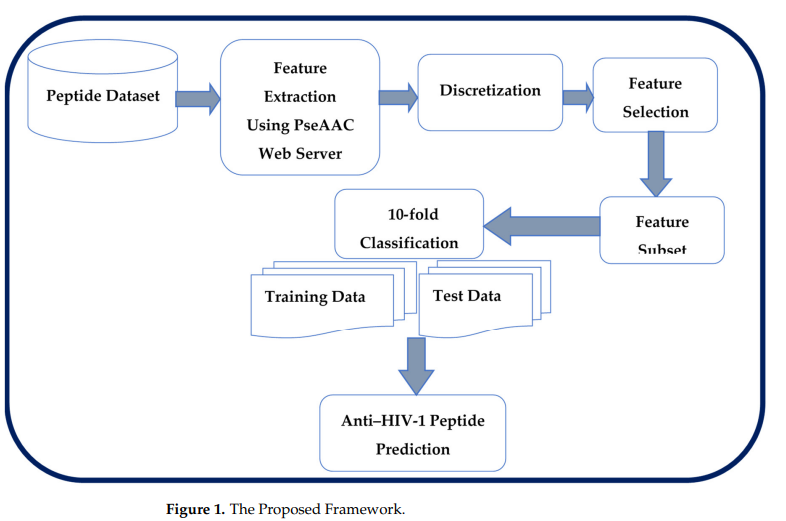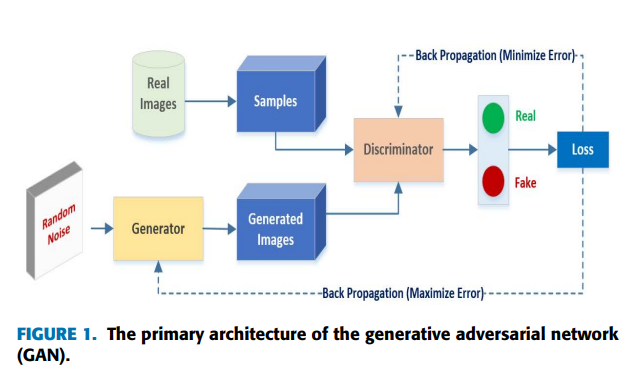Breadcrumb

Rough Set Based Classification and Feature Selection Using Improved Harmony Search for Peptide Analysis and Prediction of Anti-HIV-1 Activities
AIDS, which is caused by the most widespread HIV-1 virus, attacks the immune system of the human body, and despite the incredible endeavors for finding proficient medication strategies, the continuing spread of AIDS and claiming subsequent infections has not yet been decreased. Consequently, the discovery of innovative medicinal methodologies is highly in demand. Some available therapies, based on peptides, proclaim the treatment for several deadly diseases such as AIDS and cancer. Since many experimental types of research are restricted by the analysis period and expenses, computational methods overcome the issues effectually. In computational technique, the peptide residues with anti-HIV-1 activity are predicted by classification method, and the learning process of the classification is improved with significant features. Rough set-based algorithms are capable of dealing with the gaps and imperfections present in real-time data. In this work, feature selection using Rough Set Improved Harmony Search Quick Reduct and Rough Set Improved Harmony Search Relative Reduct with Rough Set Classification framework is implemented to classify Anti-HIV-1 peptides. The primary objective of the proposed methodology is to predict the peptides with an anti-HIV-1 activity using effective feature selection and classification algorithms incorporated in the proposed framework. The results of the proposed algorithms are comparatively studied with existing rough set feature selection algorithms and benchmark classifiers, and the re-liability of the algorithms implemented in the proposed framework is measured by validity measures, such as Precision, Recall, F-measure, Kulczynski Index, and Fowlkes–Mallows Index. The final results show that the proposed framework analyzed and classified the peptides with a high predictive accuracy of 96%. In this study, we have investigated the ability of a rough set-based framework with sequence-based numeric features to classify anti-HIV-1 peptides, and the experimentation results show that the proposed framework discloses the most satisfactory solutions, where it rapidly congregates in the problem space and finds the best reduct, which improves the prediction accuracy of the given dataset. © 2022 by the authors. Licensee MDPI, Basel, Switzerland.



